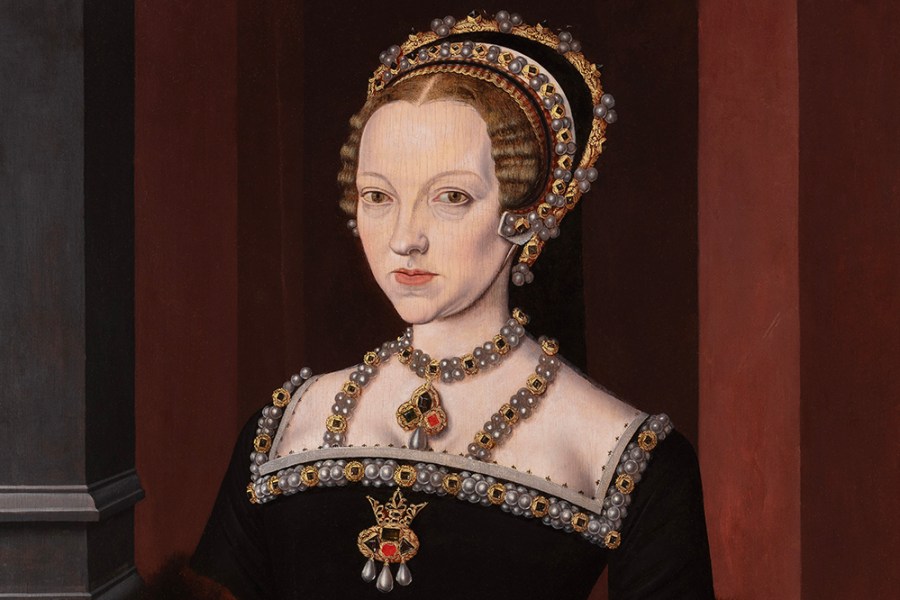‘Six Lives: The Stories of Henry VIII’s Queens’ is the first historical show at the National Portrait Gallery in London since it reopened last year, and the first exhibition ever to focus on the women who had the misfortune of marrying Henry VIII. But the objects in this exhibition are by no means purely historical. The show opens with six enormous black-and-white photographs by Hiroshi Sugimoto, taken in 1999, their seemingly life-like subjects actually waxwork portraits from Madame Tussaud’s.
The six women have been a fixture of the Tussaud’s experience since 1861, testament to the evergreen interest in their lives and appearances. Catherine Parr (1999), Hiroshi Sugimoto. Collection of Odawara Art Foundation, Kanagawa.

© Hiroshi Sugimoto In the opening rooms the visitor encounters an array of Tudor memorabilia, theatrical props and costumes, revealing the different ways in which successive ages have imagined these women. Alongside some of the earliest ‘collections’ of the queens’ portraits, made to illustrate the earliest narrative histories of Britain, we see clips from Anna Boleyn (1920), a German Expressionist film directed by Ernst Lubitsch, and costume designs for the BBC drama The Six Wives of Henry VIII (1970). A costume for Catherine of Aragon for the hit musical SIX represents a 21st-century take on the theme: the designer Gabriella Slade’s postmodern take on Tudor costume employs vacuum-formed black vinyl, faux leather, sequins and Spandex to fr.
















